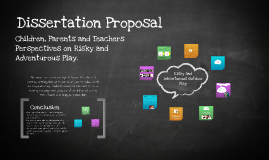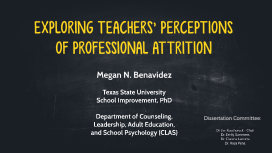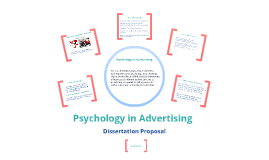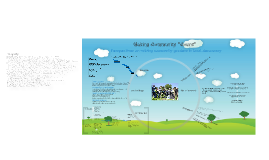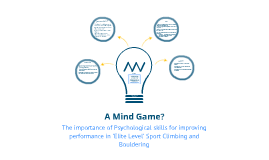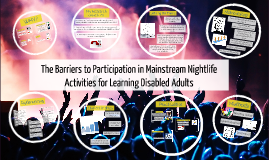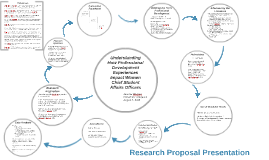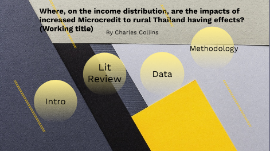dissertation proposal presentation
Transcript: ADAMS, A., DAS ROY, R. & MAHBUB, A. (1993) Participatory Methods to Assess Change in Health and Women’s Lives, B Joint Project in Matlab (Dhaka, BRAC-ICDDR). ADAMS, E. & INGHAM, S. (1998) Changing Places: children’s participation in environmental planning, (London, The Children’s Society). Armstrong, D. (2000) A survey of community gardens in upstate New York: implications for health promotion and community development Health and Place, 6, 319–327. Baxter, J. and Eyles, J. (1997) Evaluating qualitative research in social geography: establishing ‘rigour’ in interview analysis. Transactions of the Institute of British Geographers, 22, 505–525. Burgess, J. and Clark, J. 2009. Practitioner evaluations of participatory processes in environmental decision-making. In Jordan, A and Adger, N. (eds) Governance for Sustainability. (CUP Press), 159-190. Burgess, J., Clark, J., Davies, G., Eames, M., Mayer, S., Staley, K., Stirling, A. and Williamson, S. 2007. Deliberative Mapping: exploring a new analytic-deliberative methodology. Public Understanding of Science, 16(3), 299-322. Davies, G. and Burgess, J. 2004. Challenging the ‘view from nowhere’: citizen reflections on specialist expertise in a deliberative process. Health and Place 10, 349-361 Burgess, J., Bedford, T., Hobson, G., Davies, G. and Harrison, C.M. 2003. (Un) sustainable consumption. In Berkhout, F., Leach, M. Scoones, I. (eds) Negotiating Environmental Change: New Perspectives From Social Ccience. Cheltenham: Edward Elgar, 261-292 Clark, J., Burgess, J. and Harrison, C.M. 2000. "I struggled with this money business”: respondents' perspectives on contingent valuation. Ecological Economics, 33, 45-62 Burgess, J., Harrison, C.M. and Filius, P. 1998. Environmental communication and the cultural politics of environmental citizenship. Environment and Planning, A. 30, 1445-1460. Harrison, C.M., Burgess, J. and Filius, P. 1996. Rationalising environmental responsibilities: a comparison of lay publics in the UK and the Netherlands. Global Environmental Change, 6(3), 215-234. Burgess, J. and Harrison, C.M. 1993. The circulation of claims in the cultural politics of environmental change. In Hansen, A. (ed) The Mass Media and Environmental Issues. Leicester: Leicester University Press, 198-221. Burgess, J., Harrison, C.M. and Goldsmith, B. 1990. Pale shadows for policy: the role of qualitative research in environmental planning. In Burgess, R. (ed) Studies in Qualitative Methodology: vol. 2. London: JAI Press, 141-168. Burgess, J., Harrison, C.M. and Limb, M. 1988. People, parks and the urban green: a study of popular meanings and values for open spaces in the city. Urban Studies, 25, 455-473. Hargreaves, T., Burgess, J. Revealing the hidden actors in transitions: Exploring interdisciplinary research activities as part of transition processes’ Paper to the 1st European Conference on Sustainability Transitions: ‘Dynamics and Governance of Transitions to Sustainability’. Amsterdam, June 2009. Dickinson, J., Duma, S., Paulsen, H., Rilveria, L., Twiss, J. and Weinman, T. (2003) Community gardens: lessons learned from California healthy cities and communities. American Journal of Public Health, 93, 1435–1438. Doyle, R. and Krasny, M. E. (2003) Participatory rural appraisal as an approach to environmental education in urban community gardens. Environmental Education Research, 9, 91–115 Ferris, J., Norman, C. and Sempik, J. (2001) People, land and sustainability: community gardens and the social dimension of sustainable development. Social Policy and Administration, 35, 559–568. Fusco, D. (2001) Creating relevant science through urban planning and gardening. Journal of Research in Science Teaching, 38, 860–877. GAVENTA, J. (1991) Toward a knowledge democracy: viewpoints on participatory research in North America, in: O. FALS-BORDA & M.A. RAHMAN (Eds) Action and Knowledge: breaking the monopoly with participatory action-research (New York, NY, Apex Press). Hancock, T. (2001) People, partnerships and human progress: building community capital. Health Promotion International, 16, 275–280. Holland, L. (2004) Diversity and connections in community gardens: a contribution to local sustainability. Local Environment, 9, 285–305. Irvine, S., Johnson, L. and Peters, K. (1999) Community gardens and sustainable land use planning: a case-study of the Alex Wilson Community Garden. Local Environment, 4, 33–46. Jamison, M. S. (1985) The joys of gardening: collectivist and bureaucratic cultures in conflict. The Sociological Quarterly, 26, 473–490. Krueger, R. A. (1988) Focus Groups: A Practical Guide for Applied Research. Sage, Newbury Park, CA. Kurtz, H. (2001) Differentiating multiple meanings of garden and community. Urban Geography, 22, 656–670. Mayo, M., Taylor, M. (2000) ‘Partnerships and power in community regeneration’ in Partnership Working: Policy and Practice edited by Balloch, S. & Taylor, M. (Sage: London) pp.20-41 Patel, I. C. (1991) Gardening’s socioeconomic impacts:






